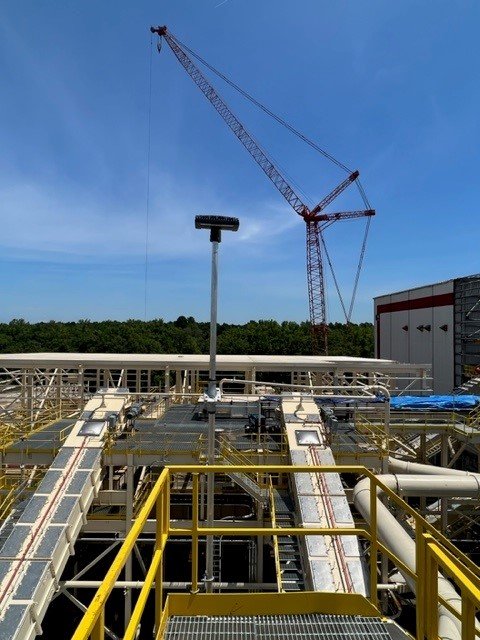Titanium Welds: Making a Process to go with the Procedure
Welding unusual and expensive materials can create a bit of anxiety. Yes, a welding procedure provides consistent parameters to follow. In the case of hard to weld materials, the welding process—from cutting to beveling to cleaning to weld passes—and how to evaluate the work is equally if not more important. Here’s how we prepared for a recent titanium welding project: 4 weeks to make 400 welds to 900 feet of pipe.
Research
Welding equipment supplier websites are good starting points for welding know-how. Another resource is The Fabricator. Most information on titanium welding is based on an excellent article posted on the Miller Welds site: “Titanium 101: Best TIG (GTA) Welding Practices.”
Network
Talk to those with experience. In our case, SEFA Industrial Solutions Shop Manager had a fair amount of titanium experience. Our welding gas supplier also put us in touch with a knowledgeable individual from their network. These individuals informed both our process and our supply needs.
Choose your team
When selecting welders for this type of work, best to have welders who stick to the process, know their limitations, and ask for help when needed.
Write a Welding Process
We documented our process, provided training on that process, and insisted on compliance to the process.
Practice
Expensive materials and project deadlines push teams to start production. Yet there are times when welders pass a performance qualification test only to fail during production. We call this “practicing to the test.” Instead, give welders time to practice and perfect the technique. This is also the time to tweak the process to ensure that it is repeatable. When welders are performing welds with consistency and based on the actual production positions, sizes, etc., then start production.
Inspect
Inspection goes beyond non-destructive or visual examination. Particularly at the beginning of the project, it’s important to be present. Watch and make sure everyone understands and follows the process. If necessary, dedicate a full-time inspector to be present at the beginning of the project.
Follow Up & Monitor
Once consistent results are being achieved, monitor to ensure quality. Daily communication with the welders allows everyone to discuss challenges, solutions, and process improvements.
It takes more than a procedure to achieve that colorless finish on a titanium weld. Make sure there is a process to promote quality and to bring success to the project and team.


